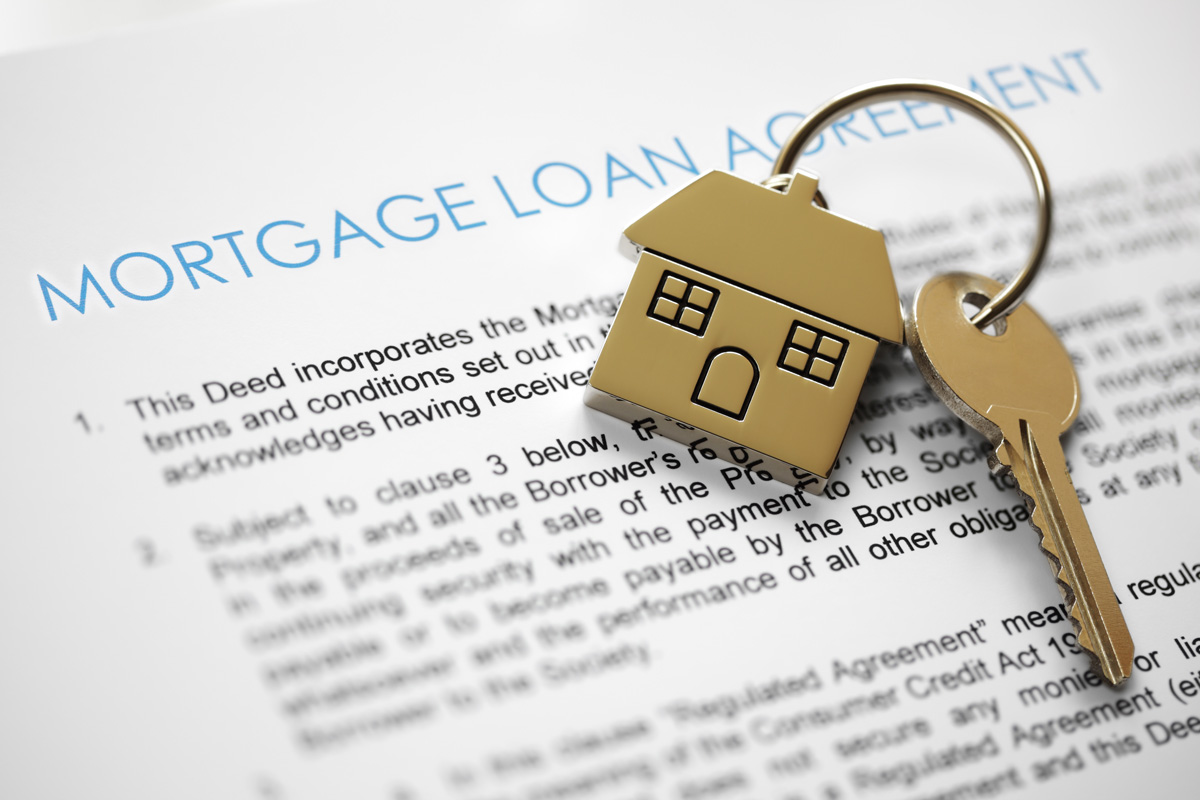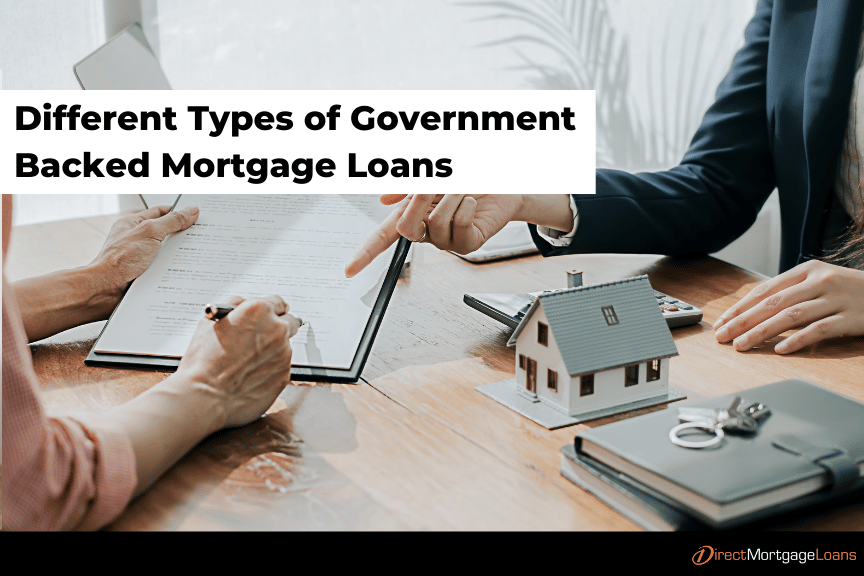Conventional Mortgage Loans: Flexible Funding Solutions for Your Fantasize Home
Conventional Mortgage Loans: Flexible Funding Solutions for Your Fantasize Home
Blog Article
The Crucial Factors to Consider When Picking Between Fixed-Rate and Adjustable-Rate Home Mortgage Lendings
When examining home loan options, borrowers face a critical decision in between adjustable-rate and fixed-rate loans, each providing unique benefits and possible risks. Key considerations such as passion price stability, predictability in month-to-month payments, and the ramifications of possible price adjustments can substantially influence long-term economic health.
Passion Price Security
When choosing a home loan, recognizing rate of interest rate security is vital for notified decision-making. Rate of interest prices can significantly impact the total expense of a home mortgage, and identifying the nature of these rates is necessary for customers.
On the other hand, variable-rate mortgages (ARMs) begin with lower first rates that might change occasionally based on market conditions. While this can cause lower payments at first, it additionally presents uncertainty, as consumers might deal with boosted settlements if rate of interest increase. For those thinking about an ARM, it is crucial to analyze the chance of rate adjustments, the possibility for repayment boosts, and the size of the initial fixed-rate duration.
Inevitably, the choice in between fixed-rate and adjustable-rate home mortgages pivots on private danger resistance and economic scenarios. Recognizing rates of interest stability assists debtors make informed choices that align with their long-lasting economic objectives.
Regular Monthly Repayment Predictability
While borrowers often prioritize rates of interest security, the predictability of monthly payments is similarly essential in the home mortgage option procedure (Conventional mortgage loans). Regular monthly settlement predictability plays a crucial duty in budgeting and economic planning, as it straight influences a home owner's cash flow and overall financial health
Fixed-rate home loans supply a constant month-to-month payment throughout the life of the loan, allowing debtors to anticipate and intend their costs effectively. This stability can be particularly beneficial for new property buyers or those on a fixed income, as it removes the uncertainty related to fluctuating repayments.
Alternatively, adjustable-rate mortgages (ARMs) commonly feature lower initial payments that can transform with time, leading to potential variability in month-to-month commitments. While at first attractive, this unpredictability can complicate monetary preparation, especially if borrowers do not represent future price adjustments.
Potential Price Adjustments
In the world of variable-rate mortgages (ARMs), prospective price changes stand for a substantial aspect that consumers must thoroughly consider. Unlike fixed-rate mortgages, where the rate of interest remains unchanged for the life of the funding, ARMs are identified by fluctuating rate of interest that are connected to market indices. This irregularity can bring about substantial changes in month-to-month settlements, impacting the debtor's economic preparation and budgeting.
Debtors must be conscious of the margin and index used to calculate these adjustments, as they straight influence future interest rates. Furthermore, ARMs commonly consist of caps that restrict just how a lot the interest price can increase at each adjustment and over click reference the life of the car loan, which can offer some degree of security versus extreme price walks.
Comprehending these possible changes is critical for borrowers, as they directly impact lasting payment responsibilities. For that reason, examining personal financial circumstances and take the chance of resistance is essential when making a decision whether an ARM aligns with one's monetary goals.
Funding Term Considerations
Finance term factors to consider play a critical function in the decision-making procedure for debtors picking in between fixed-rate and adjustable-rate home mortgages. The size of the finance term considerably affects month-to-month repayments, rate of interest rates, and overall monetary preparation.

Inevitably, consumers must analyze their individual circumstances, financial objectives, and market conditions when considering the ramifications of car loan term selections within each mortgage type.

General Price of Borrowing
The overall cost of loaning is a critical variable that can substantially influence Read Full Article a consumer's choice between adjustable-rate and fixed-rate home loans. Fixed-rate home loans supply foreseeable monthly settlements, as the rates of interest remains consistent throughout the financing term. This predictability can result in reduced total prices, specifically in a stable or declining rates of interest setting. Customers can spending plan efficiently, recognizing their repayments will certainly not rise and fall.
On the other hand, variable-rate mortgages (ARMs) commonly begin with lower initial rates, leading to lowered upfront expenses. These prices can enhance after a preliminary period, leading to possibly greater long-lasting costs. Customers should think about the regularity and level of price adjustments, in addition to the overall finance period, to precisely analyze the economic implications.
Moreover, the general price of loaning encompasses not only rate of interest yet also charges and various other associated costs, such as shutting costs and insurance coverage (Conventional mortgage loans). When examining home loan alternatives, debtors ought to perform a detailed expense evaluation over the life of the finance. By doing so, they can make an informed choice that aligns with their economic goals and take the chance of resistance
Final Thought
Finally, selecting between adjustable-rate and fixed-rate home loan necessitates careful factor to consider of numerous essential aspects. Rates of interest stability and month-to-month repayment predictability are critical for effective budgeting, while the capacity for price changes in ARMs presents monetary unpredictability. In addition, the anticipated period of homeownership and the overall expense of borrowing, including rate of interest and linked costs, need to straighten with private economic situations and take the chance of resistance. Such a comprehensive analysis will certainly assist in educated decision-making in home loan selection.
Secret factors to consider such as interest rate security, predictability in month-to-month settlements, and the effects of potential rate modifications can considerably affect long-term economic wellness. try this site Interest prices can significantly affect the total price of a home loan, and identifying the nature of these rates is crucial for borrowers. Unlike fixed-rate mortgages, where the passion rate remains unchanged for the life of the lending, ARMs are identified by varying interest prices that are tied to market indices. In addition, ARMs typically consist of caps that restrict exactly how much the interest price can increase at each change and over the life of the lending, which can offer some level of defense against radical rate hikes.
Rate of interest price stability and month-to-month repayment predictability are critical for efficient budgeting, while the capacity for price changes in ARMs introduces economic uncertainty.
Report this page